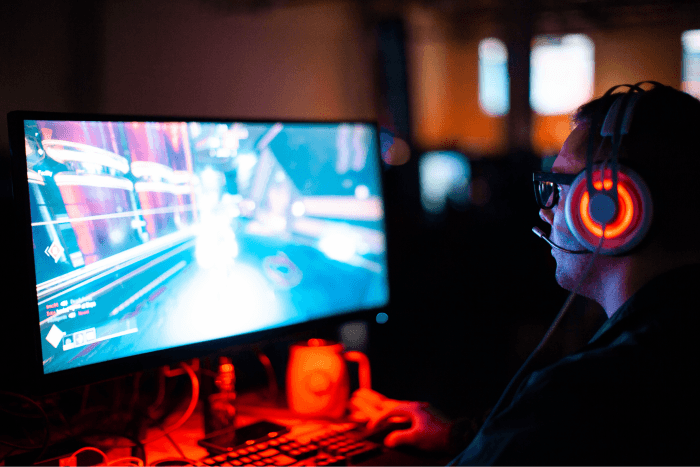The protection of different individual elements of a logo trademark depends on how unique the elements are on their own.
If the components of your mark possess a high level of uniqueness, you are protected. Let's imagine someone takes out one element of your logo, for example, an icon, and copies it. If the icon in question is dominant, very unique, and custom, you can claim infringement.
However, if a third party copies one of the generic elements, for example, a simple shape, the protection does not apply. You cannot stop other people from copying generic words, shapes, or logos, as you do not own them exclusively.
In conclusion, everything boils down to the uniqueness and distinctiveness of the individual components of your logo. The more unique a part of your mark is, the higher the chance you will be able to stop a third party from copying the given component.






